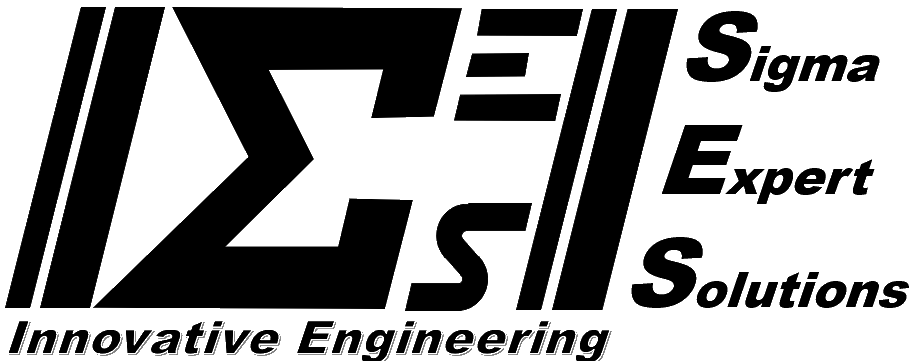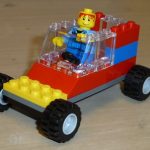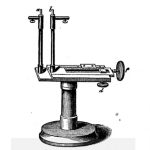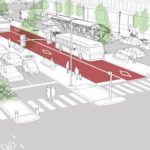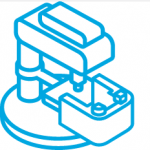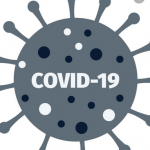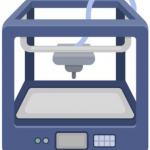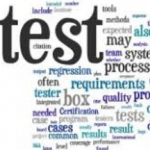The SES Newsletter
An Engineer's Perspective
All of the SES newsletters are available on this page, dating back to the dawn of SES. This all started as a monthly newsletter posted to this site as pdfs to discuss a variety of topics from an engineer’s point of view. As it progressed, it looked more and more like a web log (“blog” for all of you interwebs types), but was still in letter format. Since that time, it has evolved and the presentation has morphed to an engineering blog (e-blog on the menu) and the content is now easier to read on the website! Contributions from other engineers are always appreciated, whether it’s interest in writing about a topic, recommending future topics, or commenting on one of the topics covered. Any contributions can be sent through the contact form.
